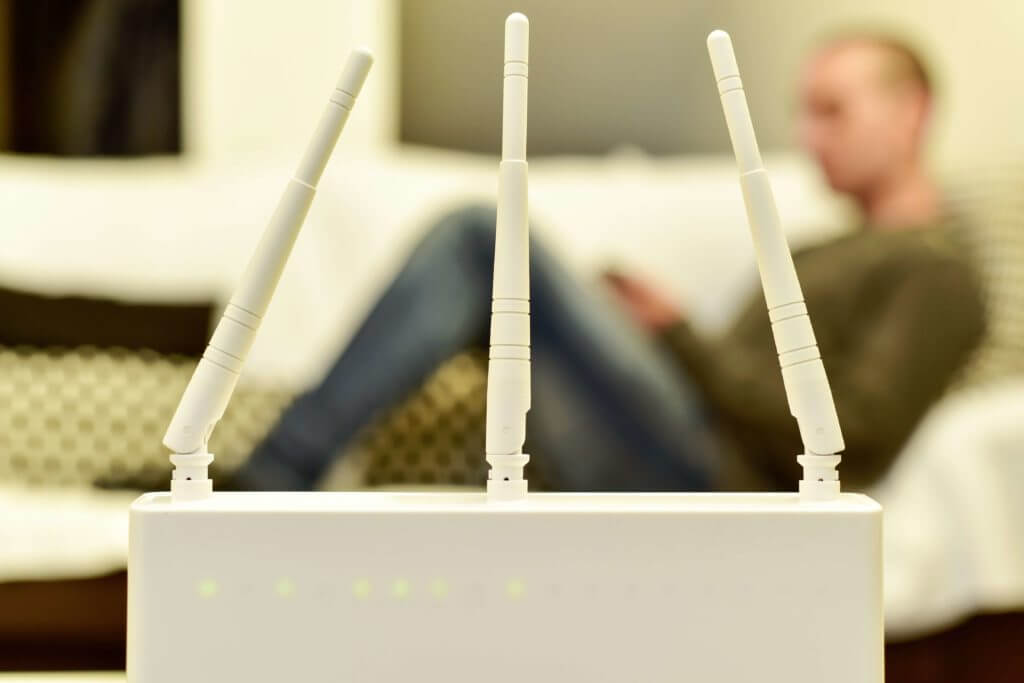
A lot of IoT applications — perhaps the majority — require a wireless network to connect the edge device (the “thing”) to the internet. There are correspondingly several types of wireless networks, with the most common being cellular and Wi-Fi. Cellular’s advantage is its ability to work anywhere, while its disadvantages are the monthly fee and a higher hardware cost. Wi-Fi is a great option for devices used in the home — because there are no additional monthly fees and the hardware cost is reasonable. The disadvantages with Wi-Fi are a more complex commissioning process and the inevitable changing of the Wi-Fi password and/or replacement of the router, thereby disconnecting devices and requiring the homeowner to reset them.
Contents
Enter LPWAN
For in-home devices that depend on Wi-Fi, it would be beneficial to eliminate the reliance on a router while still avoiding high cellular fees. Low Power Wide Area Networks have the potential to do exactly that. LPWANs have been gaining traction recently for low-data rate communications for IoT devices inside and outside the home. For now, we will focus exclusively on LPWAN options and not networks of Wi-Fi hotspots, which could also enable interesting applications.
LPWAN options in the market
There are several (often incompatible) flavors of LPWAN currently duking it out in the marketplace and operating in the unlicensed radio spectrum, such as 900MHz and 2.4GHz. They require the deployment of base stations similar to cellular towers, except physically tiny in comparison. They are highly optimized for long-range (several kilometers), low-power operation, meaning very low data rates.
Here’s a basic description of the larger players:
LoRa Alliance
The LoRa Alliance is an open, nonprofit association promoting the LoRa protocol, LoRaWAN, as the open global standard for secure, carrier-grad IoT LPWAN connectivity. The Alliance maintains a certification program to guarantee interoperability and includes the Semtech-owned LoRa radio IP and RF platform, as well as Link Labs. (In a future post, I’ll explore all of these LoRA options in depth.)
Nwave
Nwave uses ultra-narrow-band (UNB) radio technology and advanced software-defined-radio (SDR) to maintain an IoT communications network. The signal propagation is excellent, it consumes very little power, and it has outstanding in-building penetration and range.
Ingenu (formerly On-Ramp)
Ingenu’s LPWAN technology is called Random Phase Multiple Access (RPMA). Ingenu works with partners to deploy private enterprise networks or shared multi-application networks. Ingenu is a founding member of the IEEE 802.15.4, which specifies the physical layer and media access control for low-rate wireless personal area networks (LR-WPANs).
Sigfox
Sigfox is a French company building wireless networks that connect low-energy IoT devices. Sigfox charges one dollar per device per year for managed networks with more than 50,000 devices. It is based on ultra-narrow-band (UNB) technology. Sigfox will be introduced in 100 US cities in 2016 and is currently operating in 18 countries.
Weightless
Weightless technology provides connectivity for low power, wide area networks (LPWAN) specifically designed for IoT devices. Weightless operates in both sub-1GHz license exempt and licensed spectrum.
DASH7 Alliance
The DASH7 Alliance released version 1.0 of the DASH7 Alliance Protocol in 2015. The range of their RF technology is the block scale (300m to 1km). They are based in Brussels and provide a complete open source implementation.
Which one is the winner?
The large number of competing technologies working to become the new standard raises the logical question: Which one will win? The answer is: We don’t know yet.
From our perspective as a product development company, we get many inquiries for LoRa networks and have several products in the works; we are also seeing real momentum with SigFox. Both are early movers and are getting products out the door, which is a great way to become the new standard. The two solutions fundamentally address different types of customers. LoRa is great for customers that want to own their network, deploying both base station and end points, and allowing them to set up a network wherever they want. Sigfox provides an experience that is more comparable to a traditional cell provider, so you just need to build your end points. What that tells us is that, as we are still early in this market, it’s important to consider the various technologies in light of your business objectives before choosing a connectivity solution.
